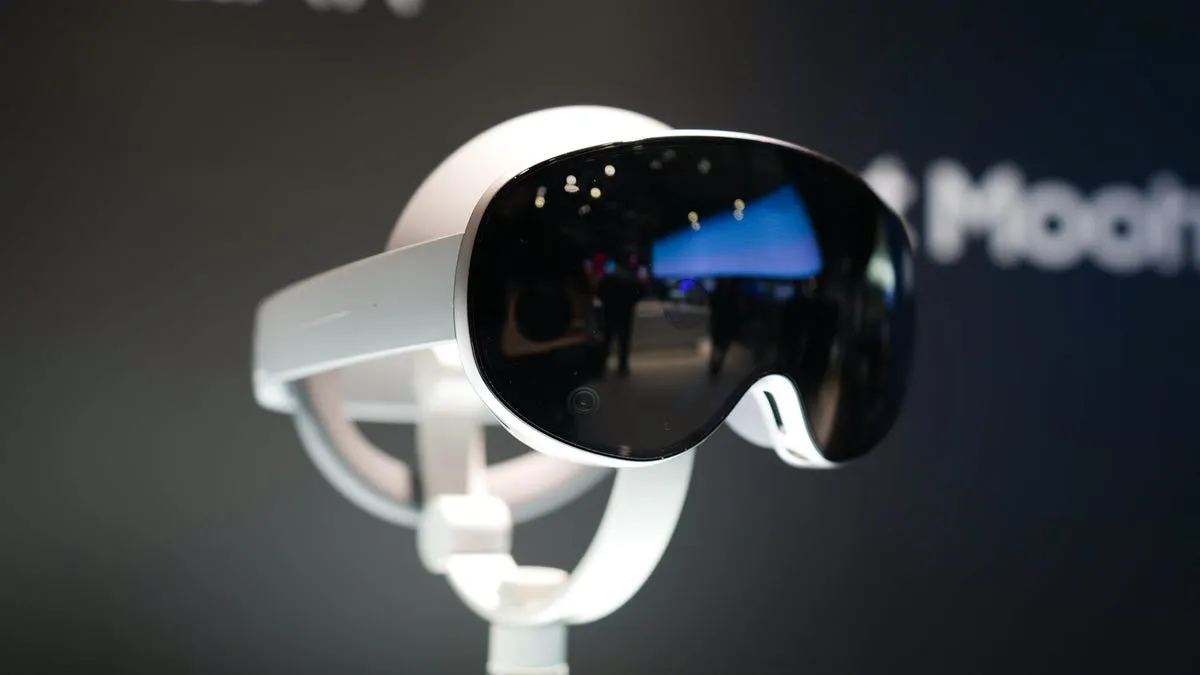
Putting on Project Moohan, the highly anticipated XR headset developed by a collaboration between Google, Samsung, and Qualcomm, felt surprisingly familiar. From adjusting the head-strap knob at the back to slipping the standalone battery pack into my pocket, I was reminded of my experience with the Apple Vision Pro on its launch day in February 2024. In a recent comparison, I found that Google's XR glasses outperformed my Meta Ray-Bans in three significant ways.
This time, however, the headset operates on Android XR, Google's latest operating system designed around the groundbreaking Gemini AI model that captured headlines during Google I/O this week. The difference in software was immediately evident, featuring a home grid of familiar Google apps like Photos, Maps, and YouTube, which the VisionOS currently lacks. Instead of calling on Siri with a long press of the multifunctional key, users can interact with Gemini seamlessly.
Although my demo with Project Moohan lasted only about ten minutes, it was enough to grasp how it aims to challenge the Apple Vision Pro. Google, Samsung, and Qualcomm are poised to convince users that the future of spatial computing lies within this bulkier, space-helmet-like device. The industrial design of Project Moohan undeniably draws inspiration from the Vision Pro, boasting a sleek aesthetic that would easily be mistaken for Apple’s design philosophy—only it feels superior.
While Google did not disclose the specific materials used in the construction of the headset, my observations indicated that it primarily consists of plastic and hard metals. This combination results in a significantly lighter feel compared to the Vision Pro. With better weight distribution and the potential for a more affordable price tag, Project Moohan is certainly appealing.
Project Moohan comes equipped with a portable power pack, which Google representatives indicated would keep the system operational for two to three hours, depending on usage. Although I have no strong opinions about the accessory, its presence suggests that the headset is best suited for stationary use, like during my demo. For more active pursuits, users might prefer Google's XR glasses.
Using Android XR for the first time was remarkably intuitive. Navigation gestures such as pinching, dragging, and tapping felt familiar, reminiscent of experiences on the Vision Pro and Meta Quest 3. Throughout the demo, which included exploring a 3D expanded view of Google Maps, viewing immersive YouTube videos, and interacting with Gemini, I quickly adapted to the interface.
Despite a few instances where I inadvertently minimized a video or exited a floating window, my experience with Android XR felt akin to using an enhanced version of Android on my smartphone. It offered multitasking capabilities with split-screen mode and floating apps, all within an infinitely sized display. Notably, users can instruct Gemini to tidy up their screen layout whenever it becomes cluttered, showcasing one of the key advantages of Project Moohan and future Android XR devices over the Vision Pro.
I found the passthrough feature on Project Moohan to be satisfactory but not flawless. The renderings appeared slightly blurry and carried a cooler, bluish tone, although they were not significantly warped. This could be attributed to my testing with prescription inserts prepared just minutes before the demo. Nevertheless, the passthrough did not seamlessly merge digital and real-world elements.
Fortunately, the XR headset can be used without light blockers, which are usually magnetically attached to the bottom half of the visor. This design choice allows for a consistent sense of depth and proximity, enhancing the immersive experience.
The most pressing question surrounding Project Moohan is its pricing. While it’s likely that Samsung will undercut Apple's hefty $3,500 price tag for the Vision Pro, the extent of the price difference remains unclear. Additionally, questions abound regarding repairs, insurance, and the number of apps optimized for Android XR, a platform that is still in its infancy. As we await more information later this year, my optimism is bolstered by the promising features I have experienced thus far.